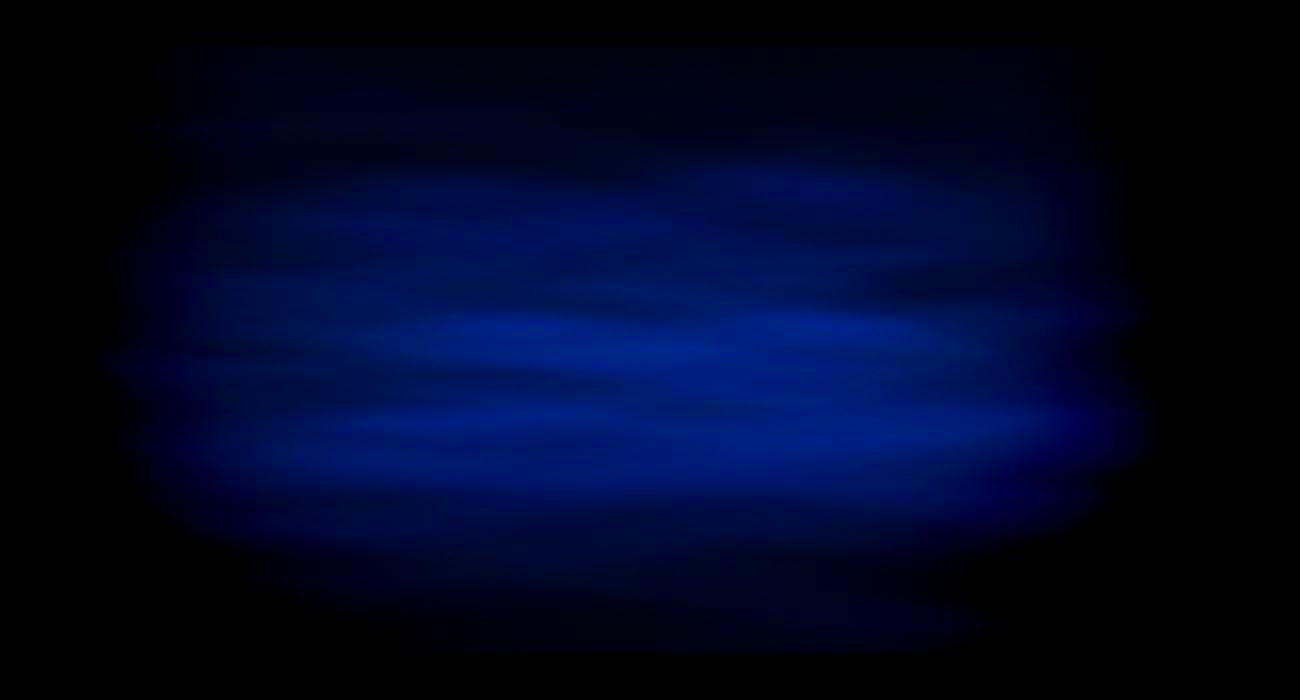


is the de facto international standard for the aspect ratio of TV screens since the end of the last century.
The old 4:3 aspect ratio is rarely use today!
So, we would appreciate, if you could provide all your still graphics in a wide-screen 16:9 aspect ratio. And specifically raster images, like photography in .jpg or .png formats, in the highest possible pixel resolution,
preferably in thousands of pixels, at least in 1920x1080 of standard HD resolution.
Of course vector format is preferred for other graphics, like logos, drawings and diagrams, i.e. .svg (Scalable Vector Graphics), .ps (Adobe PostScript), .eps (Encapsulated PostScript), .pdf (Portable Document Format), .svf (Simple Vector Format), and few others.
Also, keep in mind, that on-line videos are often being viewed on not very large screens of mobile devices.
So, please design your images with all graphic objects and blocks of text evenly spread.
If an image is too crowded with many small and intricate graphic objects, try to split the diagram in a few separate images / sub-diagrams.
Please avoid disturbing and uneven backgrounds. The best background for diagrams is monochromatic.
When selecting a font for titles and text in diagrams, avoid fonts that are thin and small.
Make textual annotations as big as possible in relation to other graphic elements.
TV sets cut off the edges of the video. The amount that gets cut off varies from manufacturer to manufacturer.
The so call “title safe boundary” is 20% smaller than the overall size of the video frame (whether using NTSC or PAL). Anything you want viewers to be able to read in its entirety should be within the title safe area.

Tatra Mountains, Zakopane, Poland
FORMATTING GUIDELINES
for SLIDES, STILL IMAGES, or other GRAPHICS to be utilize in video production

